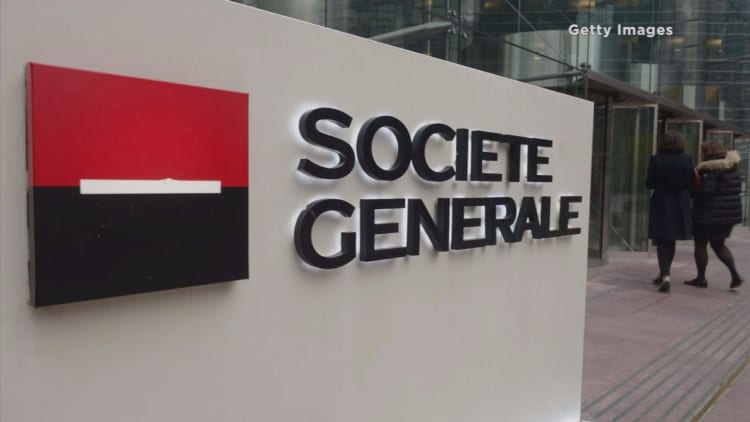


Over the last decade, I've found my opinions coinciding more and more with those of SocGen strategist and "uber-bear" Albert Edwards. Last week he hit the headlines again with a claim that a "gut-wrenching slump" in profits amounts to an almost-certain predictor of recession. While the historic evidence for this is compelling, I'm not so sure this time couldn't be slightly different -- at least in terms of causes and effects.
While I share Albert's concerns about corporate profit implosion - not just in the U.S. but also in Japan and China - I suspect this will cause policymakers to respond aggressively.
Daily levels of the S&P 500 and Dow Jones Industrial Average seem to be the main data that drive the U.S. Federal Reserve and it's hard to imagine that equity weakness wouldn't elicit further well-intended, if ultimately self-defeating, responses from Chair Janet Yellen and her co-conspirators on the Federal Open Market Committee. These measures almost certainly wouldn't work in any meaningful way but might achieve the result of further kicking the can until a different pin comes along to burst their giant bubbles.
This is the second time recently I've found myself taking a slightly different stance to Albert. In January he forecast the S&P 500 would drop 75 percent (to around 550 points), triggered by a recession starting this year, which would also be catastrophic for corporate debt-holders with defaults spiking to record levels.
I absolutely echo the concerns about corporate debt, especially high-yield. Plus I don't doubt we'll see a recession that, accompanied by with such extreme levels of indebtedness, will invariably take the form of debt-deflation (more commonly known as a depression).
However, where I do differ from Albert is on the timing of this. The recession will be largely dependent on the incalculable derivative factors of the markets' response to the Fed's response to the markets' response to the Fed's response to the markets' response etc...
In other words, both what will trigger the next depression and when it will happen is really anyone's guess.
I also think Albert's call of a market bottom at 550 is both overly precise and uncharacteristically optimistic.
At MBMG we've developed PrisM, our own risk-evaluation software, which applies historic asset class data to model the outlook for any investment portfolio based on the worst prior outcomes in comparable situations.
For US equities, the previous instance of severe debt-deflation in the U.S. is the most frighteningly obvious precedent. The backdrop to the period preceding The Great Depression had striking fundamental and technical similarities to today:
Admittedly this almost perfect correlation is less perfect (but still highly significant at 0.8) over a longer term with more frequent observations:
Mark Twain famously said history doesn't repeat but it does rhyme. These charts don't in any way guarantee a repeat of the Great Depression but they do highlight the risk of what such a repeat would look like for equity markets:
That said, there are distinct features of the U.S. economy and markets today that are much more akin to Japan in 1989 than to the U.S. between the two world wars. Factored into our models, this suggests that the drawdown on both the S&P and the Dow Jones might be capped in the range of 80 percent-87.5 percent rather than the 92 percent fall from 1929-1932, equating to S&P of 266.84 rather than Albert's 550 prognostication and the Dow Jones briefly below 3,000.
You might say that this difference is splitting hairs - what's the difference between a fall of 75 percent or 87.5 percent?
Veterans of the 1930s would probably tell you it's an initial 75 percent drop followed by a further 50 percent....



